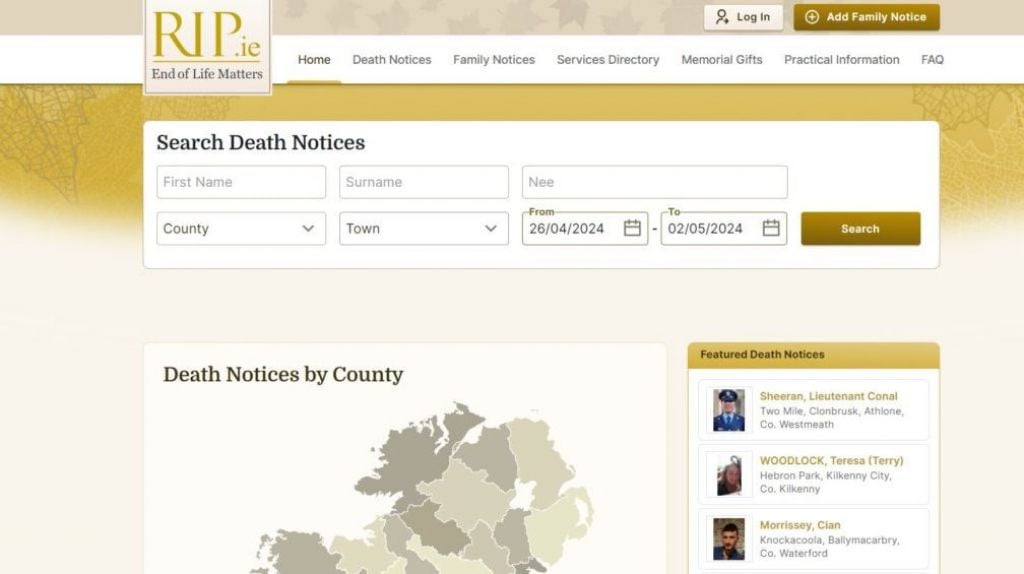Amid headlines of layoffs in banking and tech, many Americans may be wondering if their job is in danger this year.
While generations of American parents have pushed their kids to go to college and work their way up through the ranks of a white-collar job, Joe Rogan seems to think they’ve been off the mark.
Don’t miss
Recently, the comedian and podcaster shared his thoughts on the way we perceive blue-collar work in the U.S. with his guest, Tim Kennedy, an American soldier and mixed martial artist.
“It’s very bizarre that we’ve somehow or another demonized blue-collar work and put white-collar work on a pedestal whereas, like, the freedom comes from owning your own business,” Rogan said. “That’s real freedom.”
That freedom can be pretty sweet financially, too, as explained by Kennedy.
“You want to be the richest person on the planet right now? In Austin? Be in construction. Be an electrician. Be a plumber,” he suggested. “$200,000 — average income of a good electrician here in Austin.”
Kennedy then delineated the path to success in these trades, noting that while it necessitates an investment of time in education and apprenticeship, the outcome can be highly rewarding.
“You go to two years of trade school to become an electrician, right? You spend a year and a half, two, as an apprentice. And then you go and you start working for a couple of years for a guy that owns a shop. You go and start your own — your electrician business? It’s going to be worth $10 million in three years here in Austin,” he elaborated.
Time to be an electrician?
The prospect of owning a business valued at $10 million is undeniably alluring, and even the quoted income of $200,000 per year for “a good electrician” positions this trade as an attractive option in the current job market.
However, it’s crucial to recognize that initial earnings might not be as high. For instance, data from ZipRecruiter indicates that in Austin, Texas (the city in question), the average annual pay for a journeyman electrician — a professional who has completed their apprenticeship — is $66,023. Those who progress to become master electricians see an average annual pay of $71,410 in the city.
Yet, it’s worth noting that electricians who transition into contractors and manage their own businesses can potentially earn substantially more.
Read more: Unlocking financial prosperity: Jeff Bezos shares the path to prime earnings through hassle-free real estate investment — don’t miss out on this opportunity to revolutionize your financial future
Trading up for the trades
The appeal of apprenticeships is evidently on the rise, contrasting with the waning interest in traditional college and university education. A 2023 Wall Street Journal article highlighted this trend, stating, “In the past decade, college enrollment has declined by about 15%, while the number of apprentices has increased by more than 50%,” referencing federal data and insights from labor economist Robert Lerman.
Moreover, the allure of attending college or university is diminishing. As reported by the National Center for Education Statistics, the immediate college enrollment rate — the annual percentage of high school completers who are enrolled in 2- or 4-year institutions within a specified time frame — dropped from 70% in 2016 to 62% in 2021.
While higher education has historically been seen as a crucial pathway to success, it’s becoming increasingly clear that it comes with a significant financial cost.
Data from the Federal Reserve shows that as of Q3 2023, Americans collectively owe over $1.7 trillion in student loan debt. That’s more than what Americans owe in credit cards or auto loans.
The impact of this debt is profound, affecting more than 45 million borrowers in the country.
According to educationaldata.org, the average student loan debt is $37,338 per borrower. This can be particularly challenging for recent graduates, who often have the added hurdle of lower entry-level salaries. The National Association of Colleges and Employers (NACE) reported an average starting salary of $61,871 for the college class of 2022.
What to read next
This article provides information only and should not be construed as advice. It is provided without warranty of any kind.
Signup bonus from




